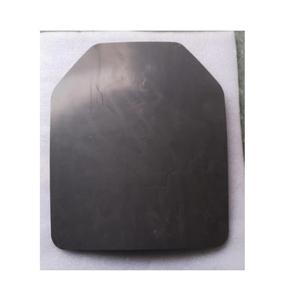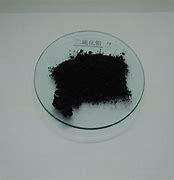**Boron Buddies: The Secret Life of Plants and Their Micronutrient Sidekicks**
(How Do Plants Harness Boron? Botanical Uses)
Plants might not have muscles or brains, but don’t let their zen vibes fool you—they’re master chemists. Hidden in their leafy labs, they pull off feats that would make even a seasoned scientist blush. One of their slickest tricks? Harnessing boron, a humble micronutrient with superhero-level clout. Let’s dig into the dirt and uncover how plants turn this unsung element into a botanical VIP.
First off, boron isn’t exactly the life of the nutrient party. It’s not nitrogen, phosphorus, or potassium—the big three that hog the fertilizer spotlight. Instead, boron works behind the scenes, like a stagehand ensuring the show goes on. Without it, plants would flop faster than a cactus in a snowstorm. So what’s the deal with this underrated element?
Boron’s main gig is playing architect. It helps plants build sturdy cell walls—think of it as the glue holding together the bricks of cellulose. Without enough boron, cell walls turn flimsy, leading to wilted stems, cracked fruits, and roots that look like they’ve been through a paper shredder. Ever seen a cauliflower with brown, mushy curds? That’s a boron deficiency throwing a tantrum.
But boron’s resume doesn’t stop there. It moonlights as a traffic cop for nutrients, directing sugars and hormones where they need to go. It’s also a wingman for reproduction, helping pollen tubes grow so sperm can reach eggs in flowers. No boron, no plant babies. Talk about pressure!
Now, here’s the kicker: plants can’t store boron. They need a steady supply, like a caffeine addict needing their daily espresso. But here’s the twist—boron is notoriously finicky. Too little, and plants starve; too much, and it turns toxic. It’s a Goldilocks scenario, and plants have evolved slick ways to manage this balancing act.
Most plants snag boron from soil through their roots, but it’s not as simple as sipping through a straw. Boron dissolves in water as borate ions, and roots have to hustle to absorb it before it washes away. Some plants, like broccoli and apples, are boron gluttons, while others, like grasses, are more low-key. Soil pH also plays a role—boron becomes clingy in acidic soil, sticking to particles and playing hard to get.
But wait, there’s drama! In alkaline soils, boron gets overly friendly, dissolving too easily and risking overdose. Plants in these areas often sport yellow leaf tips or scorched edges, like they’ve been sunbathing too long. To cope, savvy species like alfalfa have evolved “boron scavenger” genes, pumping out proteins that grab every available ion. Others, like citrus trees, limit uptake to avoid toxicity—talk about self-control!
Ever wonder why farmers sometimes add borax (yep, the laundry aisle stuff) to fertilizers? It’s a boron boost for crops like grapes and nuts, which throw a fit without it. But it’s a delicate dance—apply too much, and you’ll fry the roots; too little, and fruits grow up deformed.
Here’s a fun fact: boron isn’t just a plant thing. It’s a cosmic traveler, arriving on Earth via meteorites and volcanic eruptions. Plants have been tapping into this extraterrestrial gift for millions of years, long before humans figured out its worth.
(How Do Plants Harness Boron? Botanical Uses)
So next time you bite into a crisp apple or admire a sunflower’s sturdy stalk, tip your hat to boron. It’s the invisible ally keeping plants strong, fertile, and ready to face the world—proof that even the tiniest elements can have outsize swagger. Whether it’s building cell walls or playing matchmaker for pollen, boron is the ultimate plant wingman. And that’s a chemistry lesson worth rooting for!
Inquiry us
if you want to want to know more, please feel free to contact us. (nanotrun@yahoo.com)




